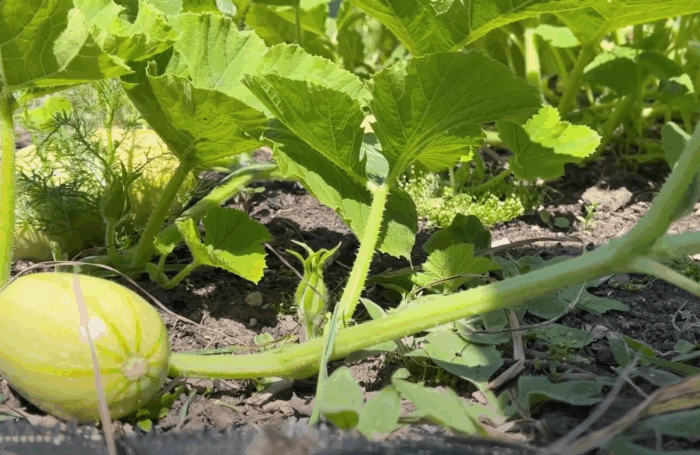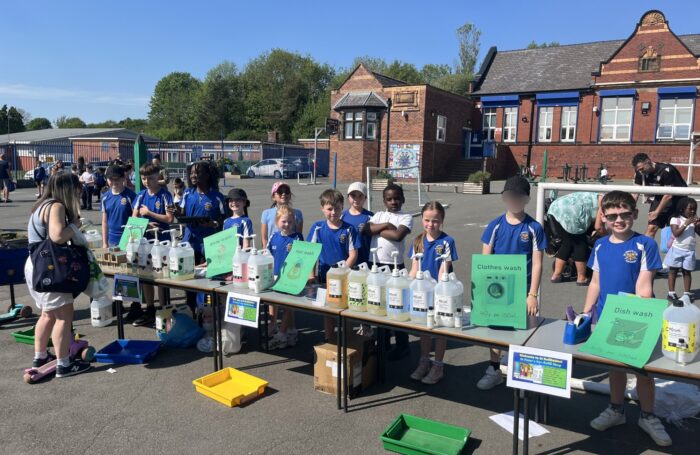Greater Manchester Combined Authority is in the process of producing the first Greater Manchester Local Nature Recovery Strategy (LNRS), building on the fantastic work of our pilot in 2021.
Over the past few months, staff at Greater Manchester Combined Authority (GMCA) and its partners have been working to pull together the first Greater Manchester State of Nature report. In our latest LNRS project team blog, Inayah Hussain, our environment trainee at the GMCA, explains why and how it was produced, as well as exploring some of the headline findings.
What is the Greater Manchester State of Nature report?
The Greater Manchester State of Nature report provides our first ever city-region wide review of wildlife, spaces for nature, and the wider environment. It brings together what we know about the major trends in our species, rivers, land, and best sites for nature into a single report for the first time. You can use the report to find out about local species decline, positive stories about those species that have returned, and the changes in our best sites for nature over time.
How was the report produced?
Producing the State of Nature report was a collaborative effort, with lots of input and invaluable support from partners including the Greater Manchester Ecology Unit, the Environment Agency, Lancashire Wildlife Trust, and Natural England. To try to ensure the process is repeatable in the future, the report was compiled using largely local open-access environmental data that is available for the whole of Greater Manchester. We really recognise that the data we have available is far from complete, and we need to continue to work with partners and universities to understand more our environment.
What does it tell us about the nature in Greater Manchester?
- Echoing national trends, key species of birds and mammals in Greater Manchester and the North West of England are declining. Individual bird species population show declines of up to 40% over the last 40 years, and the abundance of once common mammals has dropped by between 20-40% since 1995.

- Our protected sites provide valuable refuges for nature but cover just 11% of Greater Manchester and are highly fragmented, rather than forming a connected network for nature. Although recovering at present, they are not in as good as condition as they could be.

- 80% of our water bodies have been heavily modified by human activities. None of our rivers are in good ecological condition at present, meaning we are far from meeting the national target of 75% of our waterbodies to reach this status.

- Surveys of Greater Manchester residents reveal that they place great importance on living near green space, but an estimated third of the city-region’s population do not live within 15 minutes travel of a decent sized green space.
Despite these trends, the report also shows how – with coordinated support – nature can recover. It reveals that certain species are making a comeback in Greater Manchester due to dedicated conservation efforts, for example:
- Otters have returned – with increased sightings in rivers across Greater Manchester.
- Through the Great Manchester Wetlands Species Reintroduction project on Atley Moss the Manchester Argus Butterfly has returned.
- Nightjars and other bird species have returned to Chat Moss.
What will the report be used for?
The State of Nature report places an emphasis on the need to better integrate nature into how we live and work across the city region. It will be used to help inform the development of the Greater Manchester’s Local Nature Recovery Strategy, which will set out how we can all play our part in turning the continuing decline in biodiversity in locally. We hope all those working with an interest in nature will be able to use this report to help inform the action they need to take to help nature recover.
Your input matters!
Building on the State of Nature Report, we are currently running a public survey to gather your views on what our plan for nature needs to include. We would like to hear your thoughts on what nature recovery should look like across Greater Manchester – you can get involved by completing our survey via this link.
The GMCA will use your responses to inform the list of actions for nature recovery in the plan and prioritise achievable initiatives across the city-region.
Find out more about our plan for nature recovery
Greater Manchester is currently developing its Local Nature Recovery Strategy, which will set out a blueprint for a more liveable city-region, with fairer access to green space for all.
Find out more including ways to get involved on our nature recovery webpage.


